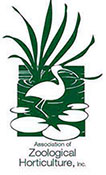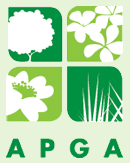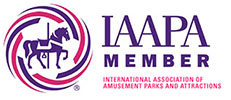 Western
Red Cedar
Western
Red Cedar
Thuja plicata
A large tree, up
to 200 feet tall when mature, with drooping branches; trunk often spreading out
widely at the base.
Leave are
Scale-like, opposite pairs, in four rows, folded in one pair but not in the
other and overlapping like shingles. Arranged on the twigs in flat, fan-like
sprays. Very strong aroma.
Seed cones are
egg-shaped, 5/8 inch long, with several pairs of scales. Pollen cones are
small and reddish.
Bark are gray,
stringy, tearing off in long strips on mature trees.
It typically
occurs at low to mid elevations along the coast and in the wet belt of the
Interior of North Western of North America, along Oregon, Washington and British
Columbia , where the climate is cool, mild, and moist.
Western red cedar grows best in moist to wet soils, with lots of nutrients. It is tolerant of
shade and long-lived, sometimes over 1,000 years.
Western red cedar frequently grows with western hemlock and Douglas-fir. On the north coast, it
also grows with amabilis fir and spruces. These forests usually have a lush
layer of ferns, huckleberries, and Devil's club, with a thick carpet of mosses
on the forest floor
The red cedar is
naturally aromatic, and have an warm reddish tone color especially treated with
linseed oil. Due to its oil content and wood would not wasp as easy as most of
other soft wood, make them one of the sort after wood for outdoor furniture and
structures.
The western red cedar
has been called "the cornerstone of Northwest Coast aboriginal
culture," and has great spiritual significance. Coastal people used all
parts of the tree. They used the wood for dugout canoes, house planks, bentwood
boxes, clothing, and many tools such as arrow shafts, masks, and paddles. The
inner bark made rope, clothing, and baskets. The long arching branches were
twisted into rope and baskets. It was also used for many medicines.
The wood is
naturally durable and light in weight. It is used for house siding and interior
paneling as well as outdoor furniture, decking and fencing. Because of its
resistance to decay and insect damage, the wood of large, fallen trees remains
sound for over 100 years. Even after 100 years, the wood can be salvaged and cut
into shakes for roofs.
Click
back button on your browser to go back
![]()
![]()

 Western
Red Cedar
Western
Red Cedar



